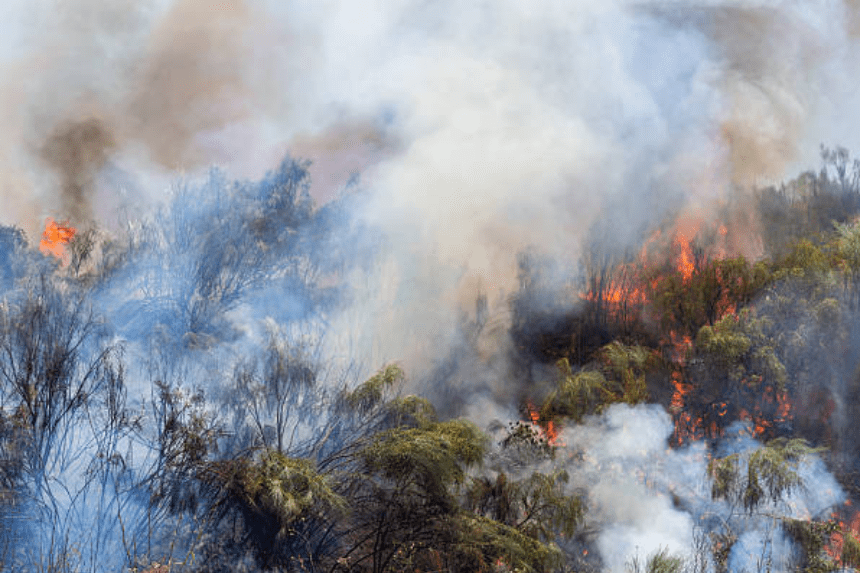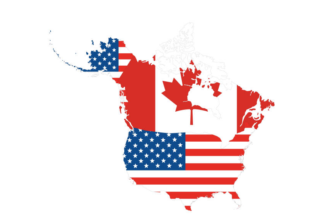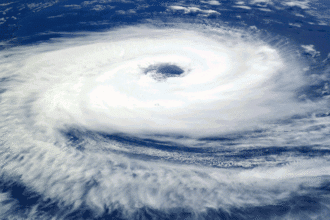As destructive wildfires swept through the Canadian province of Manitoba this summer, they sparked more than flames — they ignited a political firestorm. Several Republican lawmakers from U.S. states, including Wisconsin, Iowa, and Minnesota, filed formal complaints to the Environmental Protection Agency (EPA), demanding action against Canada. Their concern: thick Canada wildfire smoke spreading across American skies.
- How Far Has Canada’s Wildfire Smoke Spread?
- Are U.S. Lawmakers Right to Blame Canada?
- What’s Causing More Frequent Canadian Wildfires?
- Is the U.S. Also Struggling with Wildfires?
- Can Better Policy Reduce Cross-Border Smoke?
- Is the U.S. Contributing to the Smoke Problem?
- What Can Be Done to Protect Public Health?
- Final Thoughts on Canada wildfire smoke
Manitoba’s Premier responded swiftly, calling the blame misplaced and politically motivated. Still, the fires raged on. By late September, data confirmed that 2025 was set to become Canada’s second-worst wildfire season on record, with millions of acres scorched, thousands evacuated, and at least two lives lost.
How Far Has Canada’s Wildfire Smoke Spread?
The impact of Canada wildfire smoke has gone far beyond national borders. Scientific research now shows that the 2023 fire season alone may have caused over 87,000 smoke-related deaths globally. In the U.S., an estimated 4,100 people died due to smoke exposure, while Europe saw more than 22,000 premature deaths. This is largely due to fine particulate matter (PM2.5), which can worsen asthma, heart disease, and even cognitive decline. Here is the link to our article on the Wildfire Crisis.
Are U.S. Lawmakers Right to Blame Canada?
Some U.S. politicians argue that Canada has failed to manage its wildfires responsibly, placing American lives at risk. In contrast, climate scientists strongly disagree. They emphasize that wildfires are increasingly linked to global climate change rather than national mismanagement. According to experts, blaming Canada for transboundary smoke ignores the broader, global picture.
What’s Causing More Frequent Canadian Wildfires?
Experts say hotter, drier conditions have made Canada’s vast boreal forests far more vulnerable to fire. Fire seasons now start earlier, end later, and burn more intensely. Although lightning causes about half of the fires, the rest are attributed to human activity. Regardless of the spark, the climate-driven conditions make these blazes harder to control than ever before. Here is the link to our article on the French Wildfire Scale.
Is the U.S. Also Struggling with Wildfires?
Absolutely. The United States has faced its own wildfire disasters, including Hawaii’s deadly 2023 fires and the Palisades fire in California. In both countries, firefighting systems are stretched. In fact, Canada and the U.S. regularly share firefighting crews and equipment. More than 600 American firefighters were deployed to Canada this year, while Canadian aircraft assisted in U.S. operations.
Can Better Policy Reduce Cross-Border Smoke?
Many experts believe stronger national and bilateral policies could help. In Canada, there’s a growing push to create a unified federal wildfire response team. Currently, each province handles its own emergency management. Some also recommend controlled burns and smarter forest management, though these approaches still produce smoke.
On the international level, climate cooperation is key. The U.S. and Canada once collaborated successfully under the 1991 Air Quality Agreement to reduce acid rain. Environmental scientists suggest a similar framework is urgently needed today to address the health and environmental threats posed by Canada’s wildfire smoke.
Is the U.S. Contributing to the Smoke Problem?
Yes, say environmental researchers. While U.S. politicians criticize Canada’s fires, experts point out that the United States is one of the largest carbon emitters globally, second only to China. Greenhouse gas emissions from the U.S. are a significant factor driving the hotter, drier conditions that worsen wildfires across North America.
What Can Be Done to Protect Public Health?
Doctors and public health experts stress the need to treat Canada wildfire smoke as a serious health risk. PM2.5 pollution doesn’t stop at borders, and its effects can be deadly even far from the fire zone. Improved air quality monitoring, emergency public health alerts, and access to clean-air shelters are some of the strategies being recommended.
The EPA, for its part, has acknowledged the complaints from U.S. lawmakers but has yet to outline specific actions. Meanwhile, communities affected by smoke continue to demand solutions.
Final Thoughts on Canada wildfire smoke
Rather than pointing fingers, both Canada and the U.S. need to collaborate to tackle the root causes of Canada’s wildfire smoke. Climate change is accelerating the scale and severity of these fires. Without coordinated efforts to reduce emissions, improve emergency response, and manage forests more effectively, the health and environmental toll will only grow. The smoke may originate in Canada, but its impact is undeniably global.








